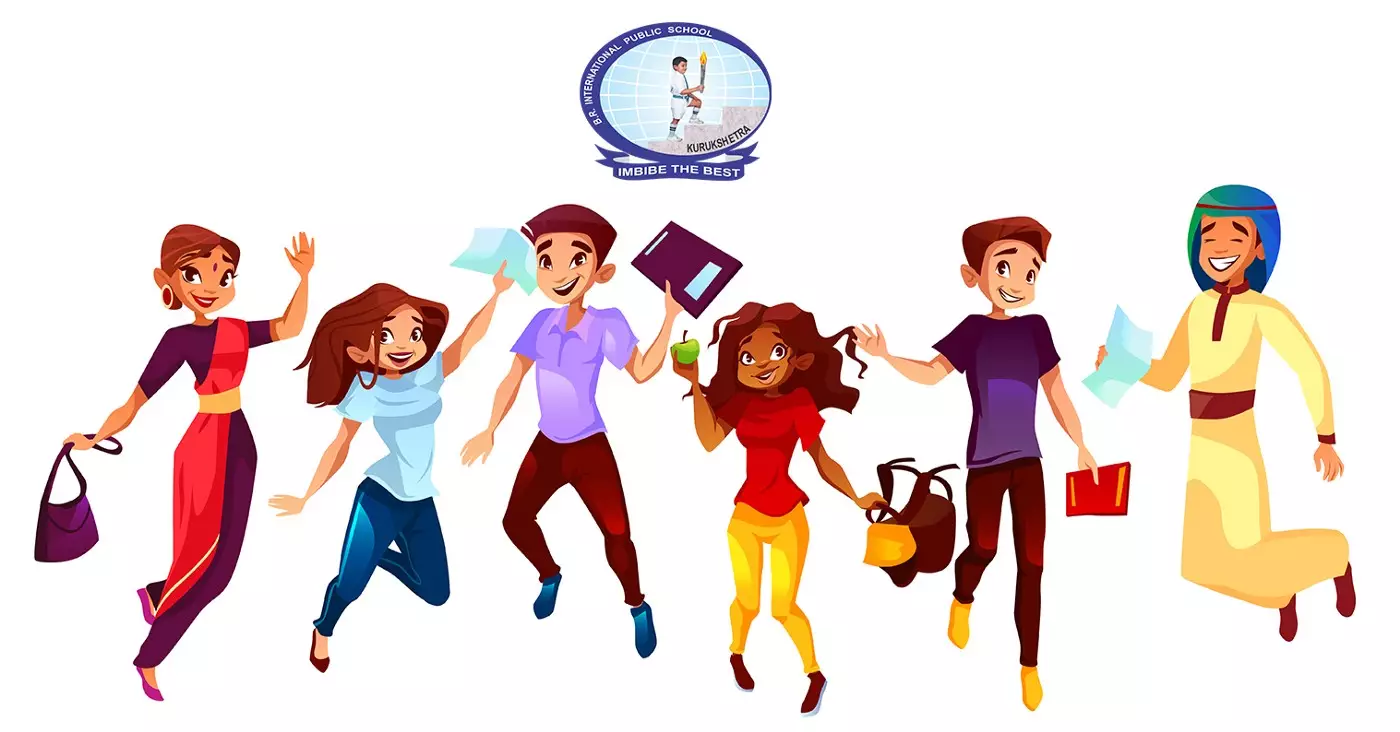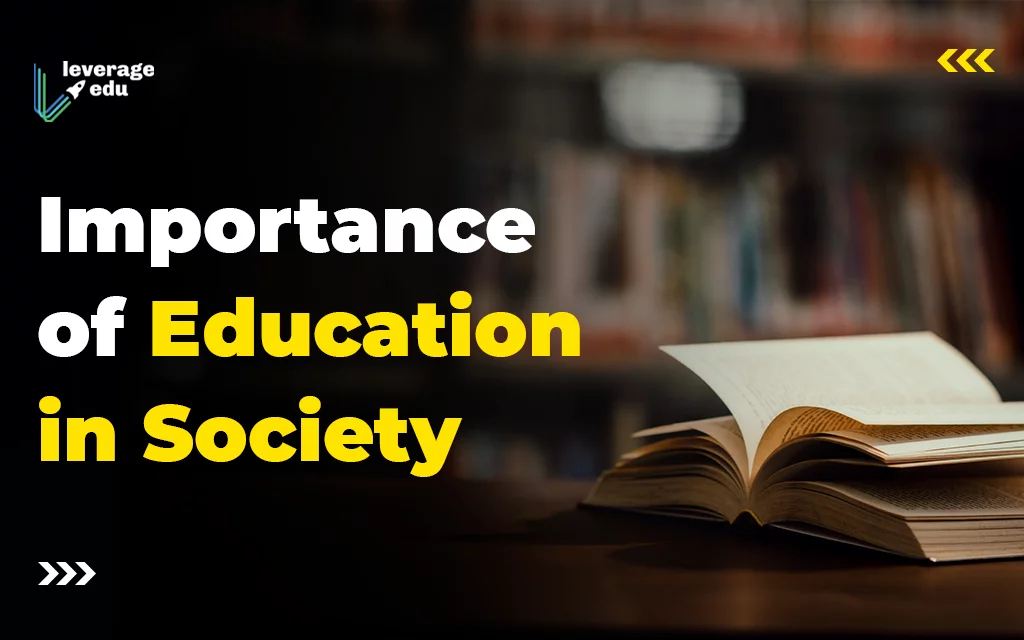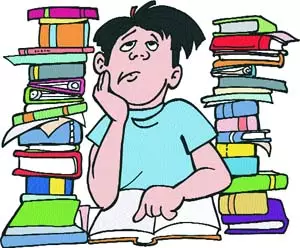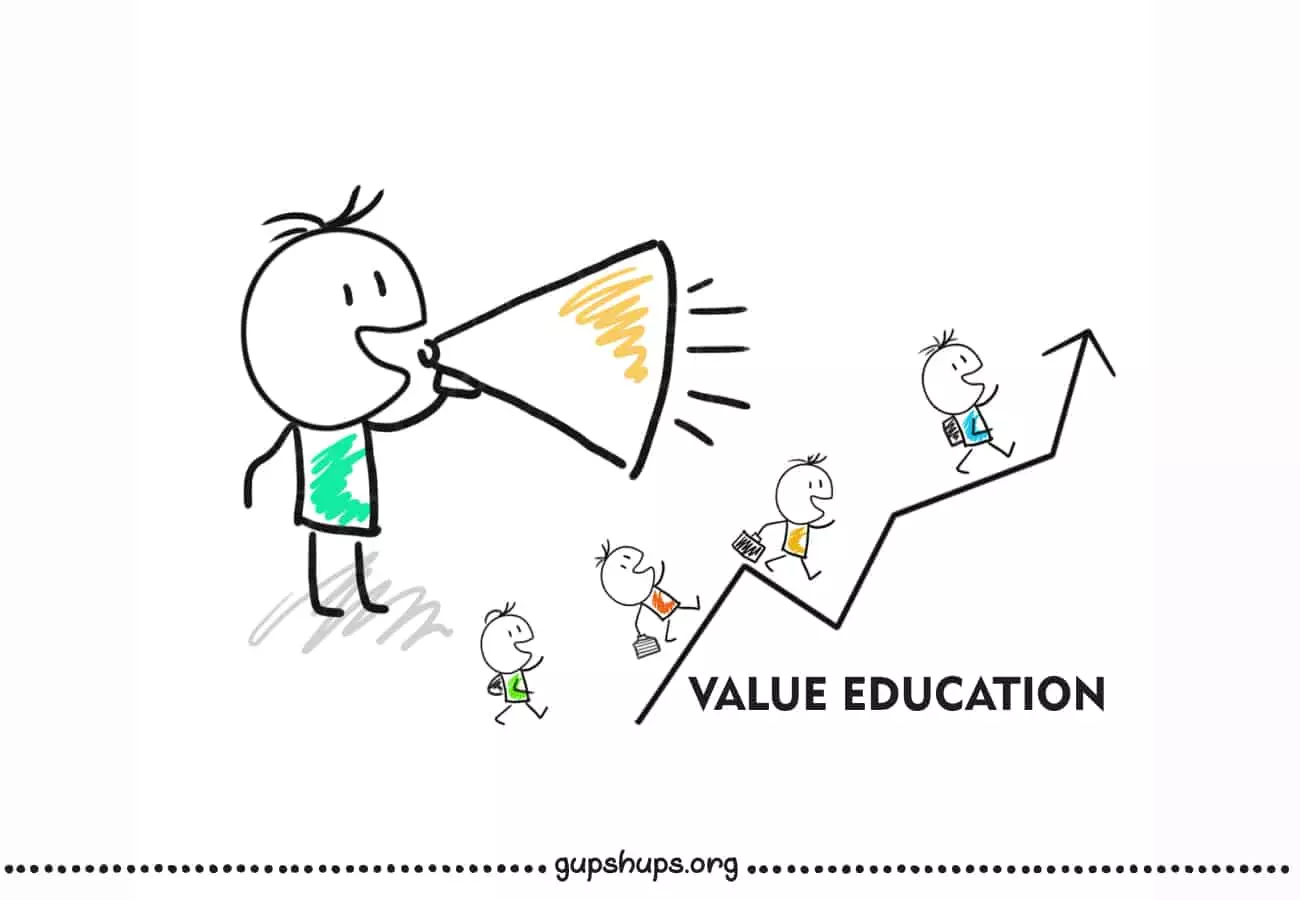What is the Status of Women Education in India?
Women education in India has been a major preoccupation of both the government and civil society as educated women can play a very important role in the development of the country. Women constitute almost half of the population in the world. But the hegemonic masculine ideology made them suffer a lot as they were denied equal opportunities in different parts of the world.
The rise of feminist ideas has, however, led to the tremendous improvement of women’s condition throughout the world in recent times. Access to education has been one of the most pressing demands of theses women’s rights movements.
Although in the Vedic period women had access to education in India, they had gradually lost this right. However, in the British period there was revival of interest in women’s education in India. During this period, various socio-religious movements led by eminent persons like Raja Ram Mohan Roy, lswar Chandra Vidyasagar emphasized on women’s education in India. Mahatma jyotiba Phule, Periyar and Baba Saheb Ambedkar were leaders of the lower castes in India who took various initiatives to make education available to the women of India.
However, women’s education got a fillip after the country got independence in 1947 and the government has taken various measures to provide education to all Indian women. As a result women’s literacy rate has grown over the three decades and the growth of female literacy has in fact been higher than that of male literacy rate. While in 1971 only 22% of Indian women were literate, by the end of 2001 54.16% females were literate. The growth of female literacy rate is 14.87% as compared to 11.72 % of that of male literacy rate.
Women education in India plays a very important role in the overall development of the country. It not only helps in the development of half of the human resources, but in improving the quality of life at home and outside. Educated women not only tend to promote education of their girl children, but also can provide better guidance to all their children.
Moreover, educated women can also help in the reduction of infant mortality rate and growth of the population. Obstacles: Gender discrimination still persists in India and lot more needs to be done in the field of women’s education in India. The gap in the male-female literacy rate is just a simple indicator.





